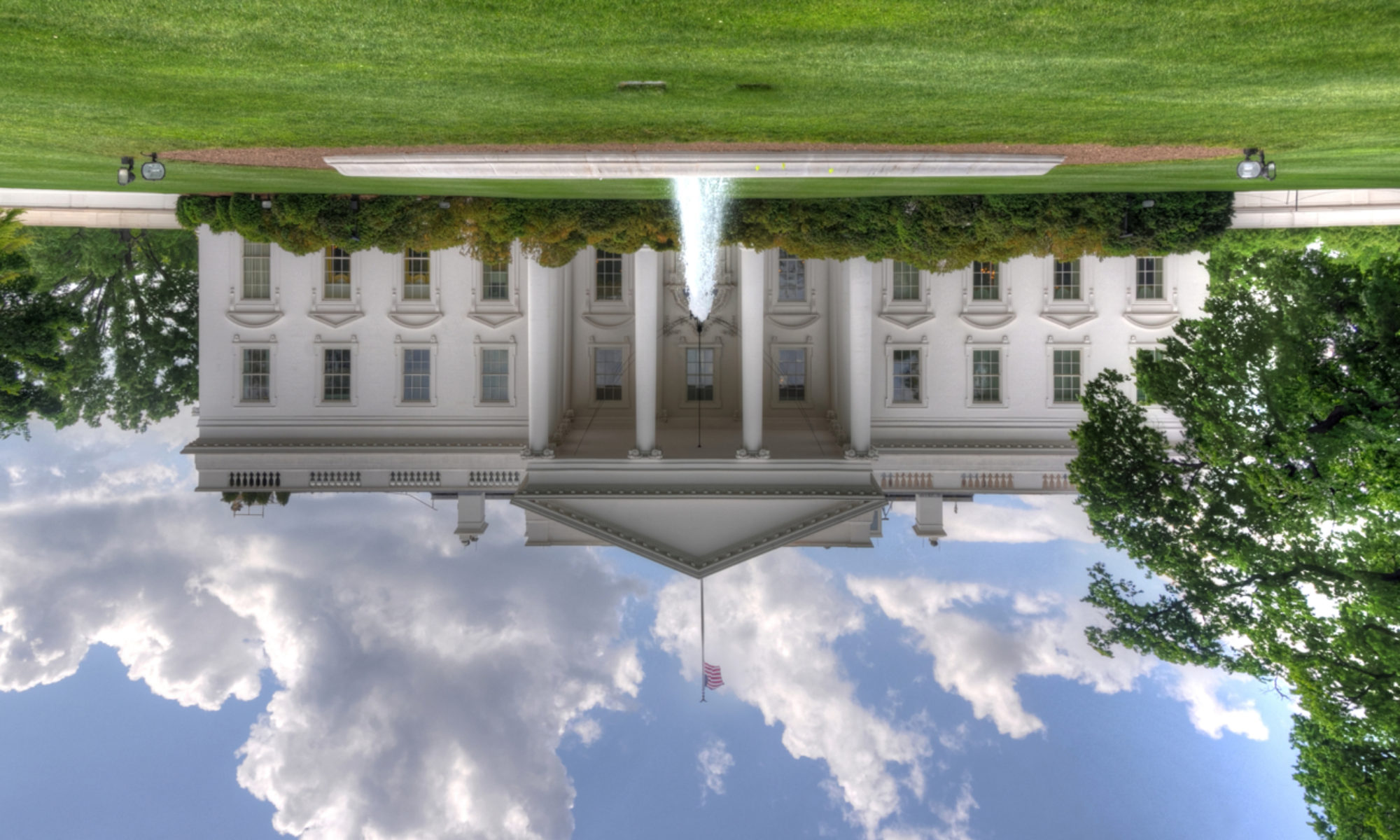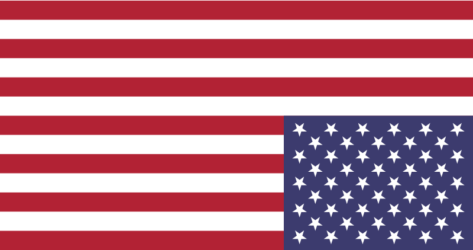Donald Trump wants to be known as the “law and order president.” From his many abuses of office, to the coronavirus that has raged out of control in the U.S. under his watch, however, “lawlessness and disorder” are the terms that more accurately describe the country during Trump’s tenure in the White House. It doesn’t take a critical thinker to observe that by “law and order,” Trump is specifically referring to crushing the demonstrations against racism that are taking place in “Democrat-led” cities across the U.S., and using force to do so.
Following the May murder by police of George Floyd, an unarmed Black man, demonstrators have gathered in cities across the U.S. to protest the police brutality and systemic racism that have led to numerous deaths of unarmed Black Americans. The demonstrations have mainly been nonviolent, but opportunists have shown up to some demonstrations, ready for a good fight or a good looting. Since the beginning of the demonstrations, Trump has conflated these destructive and violent individuals with the peaceful demonstrators associated with the Black Lives Matter movement.
Following Trump’s lead, his base opposes the demonstrations— even the peaceful ones (which are supported by the First Amendment of the U.S. Constitution). Trump knows that his base isn’t likely to sort out facts, or care about them. It can’t be denied that they elected him, based at least in part, on his racist, xenophobic platform, which has emboldened them. How convenient it is to categorize the Black Lives Matter demonstrations as violent, chaotic, and dangerous, so that when Trump-supporting self-appointed vigilantes show up with weapons to “bring law and order,” Trump and his base approve.
Trump has used the phrase “law and order” so frequently and specifically in reference to his mission for how he wants to squelch Black Lives Matter protests in “Democrat-led cities,” it’s clear what he means when he utters the racism-laced phrase.
“It’s playing on fear of Black people, of Black leadership, of Democratic leadership. It’s embarrassing. It’s awful,” says Kansas City, Missouri, Mayor Quinton Lucas.
On the first night of last week’s Republican National Convention, Americans had just learned of the shooting of another unarmed Black Man, Jacob Blake, by police. Blake was shot seven times in the back as his three young children watched.
None of the speakers at the Republican National Convention, not even the president, directly mentioned Blake’s murder. None of them expressed outrage— not even to use their now familiar phrase about “bad apples,” in reference to violent racist police officers who they say are the exception to the rule. None of the speakers acknowledged America’s problem with systemic racism; in fact, when they mentioned it at all, it was to deny its existence.
Instead, they used the current situation to conjure the image of an America of lawlessness and violence, should Trump’s opponent, former Vice President Joe Biden, be elected.
“You won’t be safe in Biden’s America,” said Trump, reinforcing the message of earlier speakers, including Vice President Mike Pence.
Earlier in the month, Trump had said, “If you want a vision of your life under Biden presidency, think of the smoldering ruins in Minneapolis, the violent anarchy of Portland, the bloodstained sidewalks of Chicago, and imagine the mayhem coming to your town and every single town in America.”
Kellyanne Conway confirmed what some Americans had already suspected: that the Republican Party, and Donald Trump’s hopes for re-election, are benefitting from the current violence, chaos, and unrest.
‘The more chaos and anarchy and vandalism and violence reigns, the better it is for the very clear choice on who’s best on public safety and law and order,” said Conway on Fox News.
Does this make any kind of weird sense, even in Trumpworld, given that the “chaos and anarchy and vandalism and violence
are all reigning now— under Donald Trump’s presidency?
Republicans cheer when Donald Trump says, “law and order,” but their interpretation of “law and order” allows AR-15-wielding private citizens to open fire against demonstrators. Last week, during a demonstration in Kenosha, Wisconsin, where Jacob Blake was shot and killed, 17-year-old vigilante and Trump supporter Kyle Rittenhouse arrived in town from Antioch, Illinois, armed with a long gun, and shot two protesters, injuring a third.
The Trump administration has refused to condemn Rittenhouse’s actions, even when pressed, and so by default, demonstrates support. “He was trying to get away from them, I guess … and he fell, and then they very violently attacked him,” said Trump of Rittenhouse.
Several Fox News personalities, including Ann Coulter and Tucker Carlson, have come out in defense of Rittenhouse. And again, as they are wont to do, Trump’s base has begun posting memes on social media in Rittenhouse’s defense. At least one crowd-funding site, Christian site GiveSendGo, has already started a fund in support of Rittenhouse (it should be noted that other sites, including GoFundMe, refused to host the fund drive).
Donald Trump is doing all he can to fan the flames of civil and racial unrest in the U.S. so that he can be re-elected to remedy the situation he has exacerbated, and in some cases, caused. Somehow, this makes sense to his base. He has portrayed the Black Lives Matter movement as an outlaw movement; instilled fear in his base that Black people will terrorize their neighborhoods; and cryptically given the OK for vigilantes, including white supremacists, to help bring “law and order.” The situation has been compared to that of a firefighter who starts a fire, pours gasoline on it, and then rushes in to heroically extinguish it. If we’re ever to put out the spreading fire of racism, pain, and outrage, however, Trump’s brand of “law and order” is the last thing we need.
Protests, violence play into Trump’s law-and-order campaign strategy |
CBC News [2020-08-28]
Pence pitches President Trump as “law and order” leader | CBS News
[2020-08-27]

